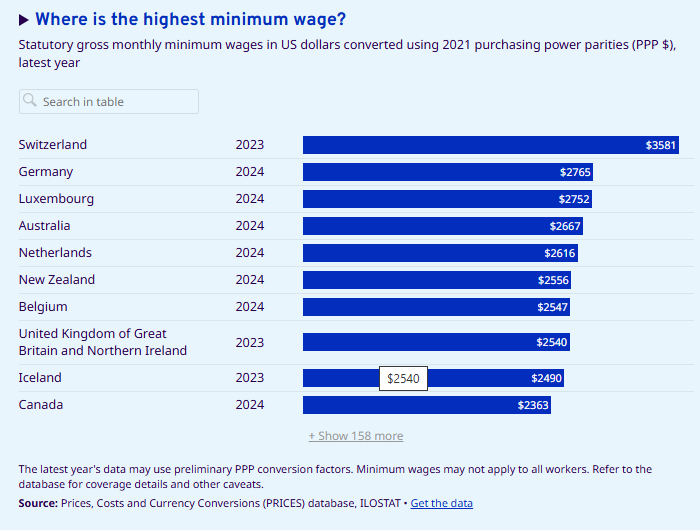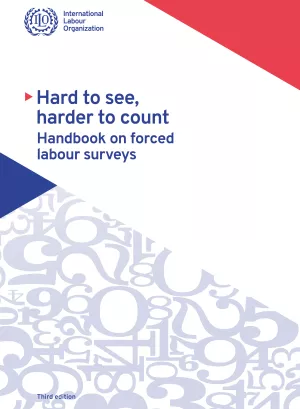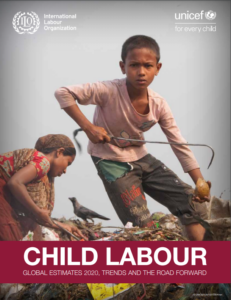Topic
Statistics on wages
Table of Contents
Related pages
See also
Introduction
Access to employment for all is a key goal of policymakers around the globe. Employment is indeed a core element of our livelihoods and lives. However, having a job is no guarantee of a decent living: job quality is required as well. Working conditions on the job will determine to a great extent our living conditions.
Remuneration is a crucial aspect of working conditions. Decent work is productive work which provides workers with adequate earnings, ensuring satisfactory living conditions for workers and their families. At the same time, monitoring the evolution of wages and earnings provides insights into the extent to which workers benefit from gains in productivity.
The objective of non-discrimination and equal treatment in employment implies that workers should receive equal pay for work of equal value. Disaggregated data for wages statistics serve to assess the extent to which this is true.

Data catalogue
| Indicator | Frequency | Database | Subject | Download (with labels) | Download (with codes) | Data explorer |
|---|---|---|---|---|---|---|
| SDG indicator 1.1.1 - Working poverty rate (percentage of employed living below US$2.15 PPP) (%) | Annual | SDG Labour Market Indicators (ILOSDG) | Working poverty | .csv .dta .xlsx | .csv.gz | View |
Methods

Child Labour Statistics (CHILD database)
Concise description of concepts and definitions, uses, sources and limitations for the Child Labour Statistics (CHILD) database.

Hard to see, harder to count: Handbook on forced labour surveys
This revised version of the “Hard to see, harder to count” handbook provides an updated set of tools for the design, implementation and analysis of quantitative surveys on the forced labour of adults.
Analytical publications
Note: Many publications are available only in English. If available in other languages, a new page will open displaying these options.

Child Labour: Global estimates 2020, trends and the road forward
Published for the first time jointly by the ILO and UNICEF, as co-custodians of Target 8.7 of the Sustainable Development Goals, the report takes stock of where we stand in the global effort to end child labour.
